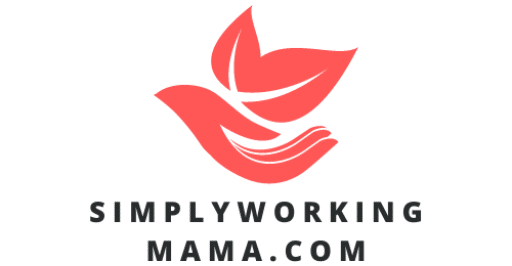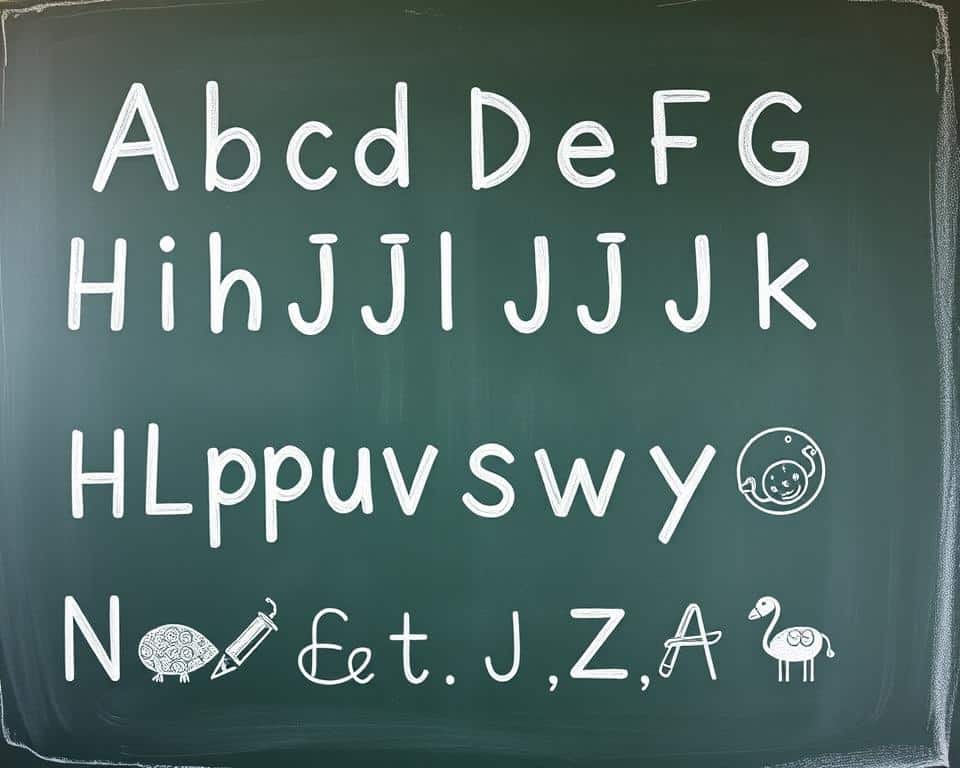The Initial Teaching Alphabet is a phonetic alphabet that shows the 44 sounds of English. It’s a logical and reliable way for beginners to start reading and writing. It helps kids learn to read and write by giving them a system they can follow.
This reading and writing system is great for teachers and students. It uses a phonetic alphabet to teach English sounds clearly. With it, kids can build a strong base in reading and writing, preparing them for school.
The initial teaching alphabet is a special way to teach reading and writing. It’s a phonetic alphabet that makes learning English sounds easy. Teachers use it to help kids build a strong reading and writing foundation, preparing them for school.
Key Takeaways
- The Initial Teaching Alphabet is a phonetic alphabet that represents the 44 sounds of spoken English.
- This reading and writing system provides a logical and reliable approach to early reading success.
- The initial teaching alphabet is designed to help children learn to read and write more easily.
- The phonetic alphabet is a key component of this system, allowing children to learn the sounds of spoken English in a clear and consistent manner.
- By using the initial teaching alphabet, children can develop a strong foundation in reading and writing, setting them up for success in their future educational endeavors.
- The initial teaching alphabet is a valuable tool for educators and students alike, providing a consistent and predictable system for learning to read and write.
Understanding the Initial Teaching Alphabet System
The ITA system is a special way to teach reading and writing. It’s different from traditional alphabets because it shows the 44 sounds of English. This makes it easier for kids to learn, as it focuses on sounds, not letters.
The ITA system uses special symbols for sounds and teaches reading and writing through sounds. It has 44 phonetic symbols to show English sounds. Key features include:
- Representation of the 44 sounds of spoken English
- Use of phonetic symbols to represent sounds
- Emphasis on teaching children to read and write from a phonetic perspective
Studies show the ITA system helps kids read and write better. Kids using ITA do better than those with traditional writing. It’s a great tool for teachers, offering a unique way to teach reading and writing.
| Feature | ITA System | Traditional Alphabets |
|---|---|---|
| Representation of sounds | 44 phonetic symbols | 26 letters |
| Teaching approach | Phonetic perspective | Traditional orthography |
The Historical Evolution of Reading Instruction
The historical evolution of reading instruction has seen big changes. From the printing press to new teaching methods, it’s come a long way. The 1960s were key, focusing on ITA development and phonics.
Some important moments include:
- The whole-word method became popular in the early 20th century
- Phonics instruction emerged in the 1960s
- The whole-language approach started in the 1970s
- Balanced literacy was developed in the 1990s
Today, reading instruction uses many methods. These include phonemic awareness, phonics, fluency, comprehension, and vocabulary. The journey of reading instruction has been shaped by many factors. As we learn more, we can help learners become better readers.
| Methodology | Time Period | Description |
|---|---|---|
| Whole-word method | Early 20th century | Focus on memorizing entire words |
| Phonics instruction | 1960s | Emphasis on letter-sound relationships |
| Whole-language approach | 1970s | Integrated and literature-focused approach |
Benefits of Using the Initial Teaching Alphabet
The Initial Teaching Alphabet (ITA) greatly helps children learn to read. It makes reading easier and more logical. This leads to better reading comprehension and phonemic awareness.
Using the ITA brings many advantages. Here are some of them:
- Improved reading comprehension
- Enhanced phonemic awareness
- Faster learning progress
Children learn to read and write faster with the ITA. This is because it teaches the sound-letter connection well. So, kids can read and write more quickly.
The ITA is a great tool for teaching kids to read and write. It makes reading and writing easier and faster. This helps kids understand better, hear sounds in words, and learn faster.
How the Brain Processes New Alphabetic Systems
Studies show that the brain handles new alphabetic systems, like the ITA, in a special way. It can change and adjust to new systems, helping kids learn and use the ITA well. This process is linked to brain development, and the ITA helps kids’ brains grow in a healthy way.
The ITA has 44 characters, more than the usual 26 letters of the English alphabet. It simplifies reading by reducing visual patterns from 2,000 to just 88. Each symbol in the ITA stands for one sound, making it easier for kids to learn new words.
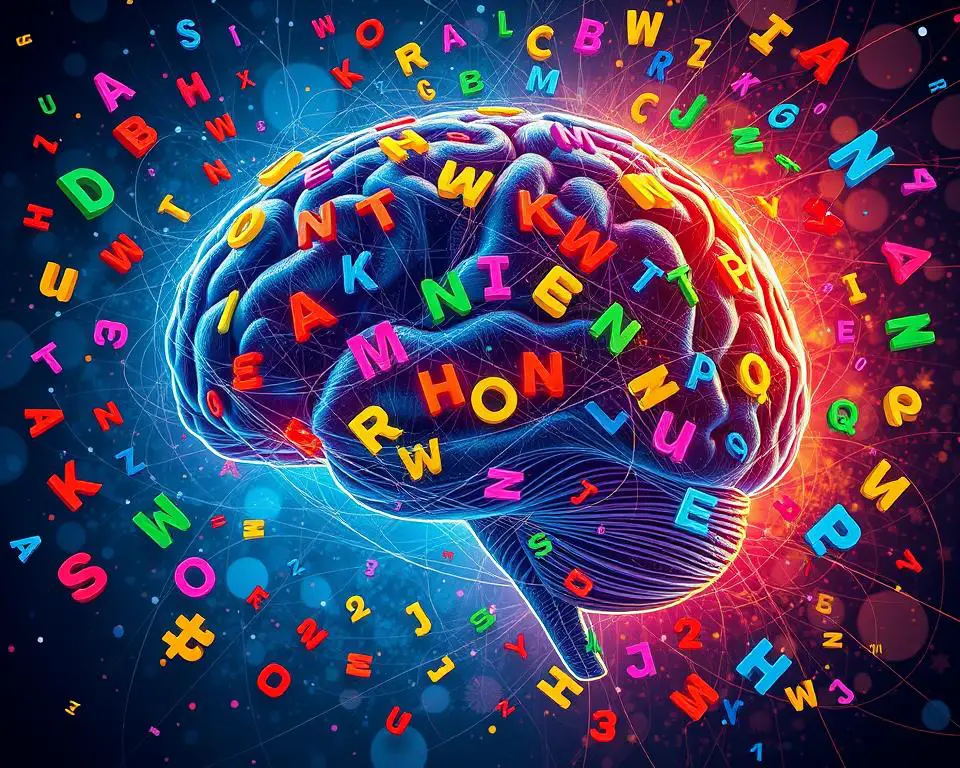
- 24 standard lowercase Latin letters combined with 14 special symbols or augmentations
- A focus on phonemic awareness, with each symbol representing a distinct sound
- A gradual transition to traditional orthography at the age of seven
The ITA is a great tool for teaching kids to read and write. Its effect on brain development is still being researched.
| Alphabetic System | Number of Characters | Visual Patterns |
|---|---|---|
| ITA | 44 | 88 |
| English Alphabet | 26 | 2,000+ |
Implementing Initial Teaching Alphabet in Classrooms
Starting the ITA in classrooms needs careful planning. Teachers must set up the classroom right. This includes using phonetic symbols and visual aids. It helps students link sounds with symbols, making learning easier.
Teachers need specific materials like the ITA alphabet chart and phonetic symbol cards. These tools make learning fun and interactive. It’s also important to check how well students are doing. This helps teachers know what to work on next.
- Classroom setup: arranging the classroom to facilitate student engagement and interaction with ITA materials
- Materials and resources: providing teachers with the necessary tools and support to effectively implement the ITA
- Assessment methods: using a range of assessment techniques to evaluate student progress and understanding
With good planning, teachers can make learning fun and effective. This helps students improve their reading and spelling. It also boosts their grades and prepares them for more learning in the future.
Common Misconceptions About ITA
Many people think the Initial Teaching Alphabet (ITA) is too hard for young kids. But studies prove it’s a great way to teach reading and writing. The benefits of ITA include making English sounds easier for kids to learn.
Some ITA misconceptions come from not knowing how the alphabet works. The ITA uses 44 characters from the standard alphabet. This makes learning simpler. Despite myths, the ITA helps all kids learn to read and write well.
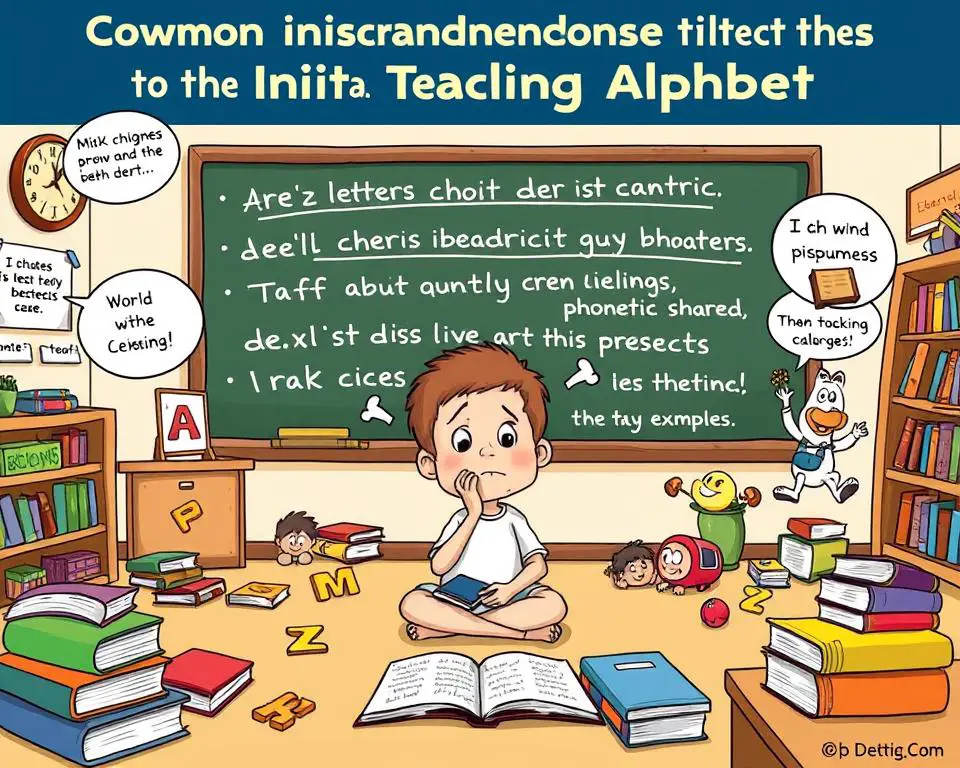
It’s important to know the truth about the ITA. By understanding its benefits and debunking ITA misconceptions, we can improve learning for kids. Key points to remember include:
- The ITA makes learning easier, not harder.
- It helps all kids, not just those with reading problems.
- Research shows the ITA is a top choice for teaching reading and writing.
Teaching Strategies for Different Age Groups
When teaching, it’s key to think about the needs of each age group. Good teaching methods can really help students learn. For young kids, using songs and games to teach the alphabet is great.
As kids get older, teaching can get more complex. They learn to read and write better. For grown-ups, ITA can be a chance to learn or improve reading and writing.
Early Childhood Approaches
In early learning, we focus on sounds and language. Kids learn to spot letter sounds and word patterns. For example, they might learn about “at” and “an” words to start reading.
Elementary Level Methods
At elementary school, we build on what they already know. We introduce harder reading and writing skills. This includes reading and writing exercises. ITA helps fit teaching to each age group’s needs.
By tailoring ITA to each age, teachers can really help students grow. Whether it’s for young kids or adults, ITA lays a strong foundation for reading and writing.
Transitioning from ITA to Traditional Spelling
The ITA transition is key for a child’s reading and writing skills. As they get better, they move from the Initial Teaching Alphabet (ITA) to traditional spelling. This step helps them build on their phonemic awareness and decoding skills.
Studies show that about 85% of all words in English are phonetical. This means phonetic rules play a big role in the language. The ITA transition is vital in teaching kids how sounds relate to letters. Important points for this transition include:
- Learning new letter combinations and spellings
- Practicing reading and writing with traditional spellings
- Strengthening phonemic awareness and decoding skills
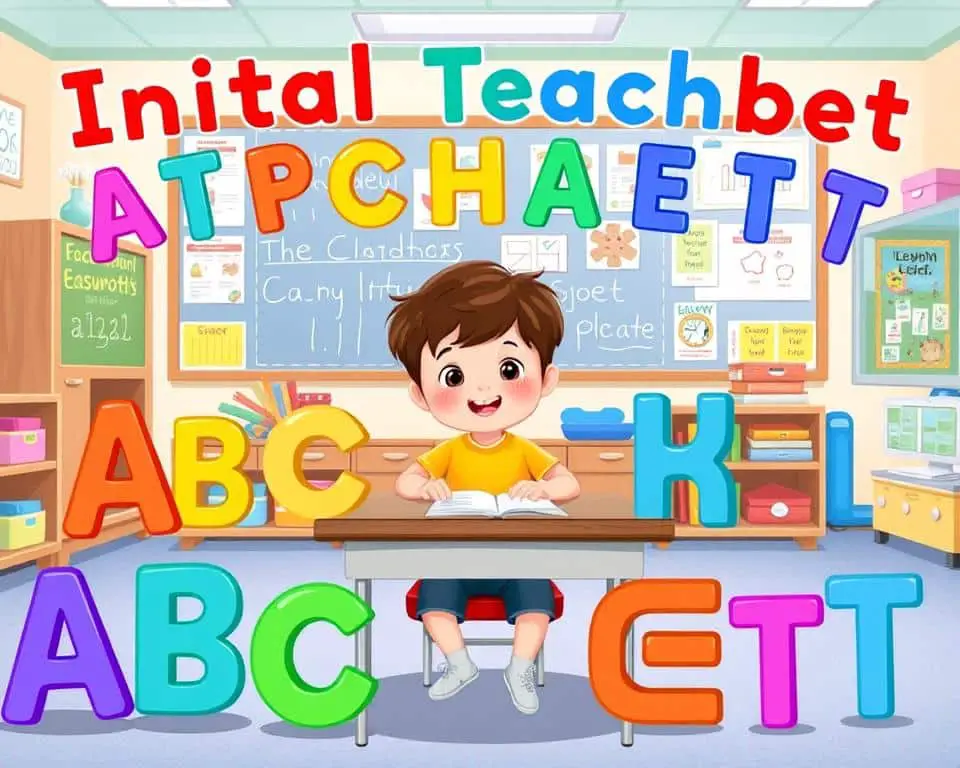
With a smooth ITA transition, kids get a solid base in reading and writing. This foundation helps them throughout school. With patience, practice, and support, they can learn traditional spelling and become confident in reading and writing.
| ITA Characters | Traditional Spelling |
|---|---|
| 44 characters | 26 letters |
| Phonetic sounds | Standard English orthography |
Success Stories and Research Findings
Many ITA success stories and research findings show how well the Initial Teaching Alphabet works. Case studies from schools reveal that ITA boosts reading and writing skills. It’s especially helpful for kids who find traditional methods hard.
Studies also confirm the ITA’s positive effects on reading and writing. Some key research findings are:
- Improved reading comprehension
- Enhanced phonemic awareness
- Faster learning progress
Long-term studies have shown the ITA’s lasting benefits for literacy. It’s a powerful tool for teaching kids to read and write.
| Study | Findings |
|---|---|
| John Downing and William Latham (1967) | The ITA was found to be effective in improving reading and writing skills in children. |
| Evaluating the Initial Teaching Alphabet | The study found that the ITA can have a positive impact on reading and writing development. |
Supporting Students Through the Learning Process
The Initial Teaching Alphabet (ITA) offers student support from start to finish. It guides students in reading and writing. Teachers can adjust lessons to fit each student’s needs, helping everyone succeed.
Studies show that repetition and hands-on learning help students remember letters. The ITA uses these methods for a smooth learning path. This way, teachers can give each student the right support, building a strong reading and writing base.
Here are some ways to support students in their learning journey:
- Give 15 minutes of one-on-one time daily for students struggling with letter recognition
- Use repetition and tactile experiences to help students commit letters to memory
- Introduce no more than 10 letters at a time to avoid overwhelming students
By using these strategies in the ITA system, teachers can help students reach their best. The ITA aims to create a supportive learning environment. It helps students become confident and skilled in reading and writing.

Technology and Digital Resources for ITA
Technology has changed how we learn, especially with the Initial Teaching Alphabet (ITA). Now, students can use online platforms to find many digital tools. These include interactive apps and games to help them learn.
Using digital tools for ITA has many benefits. It makes learning easier and more fun. Online platforms help students learn to read and write better. Mobile apps offer games and quizzes to practice these skills.
Some digital tools for ITA include:
- Online learning platforms, such as reading software and educational apps
- Mobile applications, such as phonics games and spelling quizzes
- Interactive tools, such as virtual whiteboards and collaborative learning software
Teachers can use ITA technology to make learning better for students. This can help students read and write more effectively.
| Resource Type | Description | Benefits |
|---|---|---|
| Online Learning Platforms | Comprehensive reading and writing software | Increased accessibility, flexibility, and engagement |
| Mobile Applications | Interactive phonics games and spelling quizzes | Improved practice and reinforcement of ITA skills |
| Interactive Tools | Virtual whiteboards and collaborative learning software | Enhanced student engagement and participation |
Parent’s Guide to Supporting ITA Learning at Home
As a parent, you are key in helping your child learn ITA at home. You can help them get better at reading and writing. A parent guide helps you understand how to support their learning. With the right home support, your child can do well in their ITA learning.
Here are some ways to help your child learn ITA at home:
- Encourage a love of reading and writing by reading together daily
- Provide opportunities for your child to practice their ITA skills through fun activities and games
- Offer praise and encouragement for their efforts, rather than focusing on corrections
Working with your child’s teacher and using the ITA can help them succeed. Remember, every child learns at their own pace. Be patient and celebrate their progress. With consistent home support and a good parent guide, your child can master the ITA and love learning for life.

You can also use online resources to help your child’s ITA learning. Websites have interactive games, worksheets, and activities. By using these resources with your parent guide and home support, you can make your child’s ITA learning experience better.
Addressing Learning Challenges with ITA
When using the Initial Teaching Alphabet (ITA), teachers might face ITA learning challenges. These can include issues with phonemic awareness, decoding, and fluency. To tackle these, teachers can offer extra practice, use visual aids, and tailor the ITA for each student’s needs.
Some common obstacles to ITA learning include:
- Difficulties with phonemic awareness
- Challenges with decoding and fluency
- Struggles with transitioning from ITA to traditional spelling
To address these challenges, educators can use a range of solution strategies, including:
| Obstacle | Solution Strategy |
|---|---|
| Phonemic awareness difficulties | Provide additional practice and reinforcement |
| Decoding and fluency challenges | Use visual aids and multisensory approaches |
| Transitioning from ITA to traditional spelling | Adapt the ITA to meet the unique needs and abilities of each student |
By understanding the common obstacles and using effective strategies, teachers can help students overcome ITA learning challenges. This way, students can succeed with the Initial Teaching Alphabet.
Conclusion: Embracing the Future of Early Literacy Education
The Initial Teaching Alphabet (ITA) is a beacon of innovation in early literacy education. It has the power to change how kids learn to read and write. This approach could be a game-changer for young learners.
Research shows that knowing the alphabet is key for reading and writing success. Experts like Whitehurst and Lonigan highlight its importance. The ITA’s structured method aligns with these findings, preparing students for literacy success.
Using technology and interactive learning makes the ITA even more effective. It creates a fun and engaging learning space. This helps kids understand and love reading and writing.
The ITA is ready for the changing education world. It meets the needs of today’s learners. By using the ITA, we can help kids become confident and enthusiastic readers and writers. They’ll be ready for whatever the future holds.
